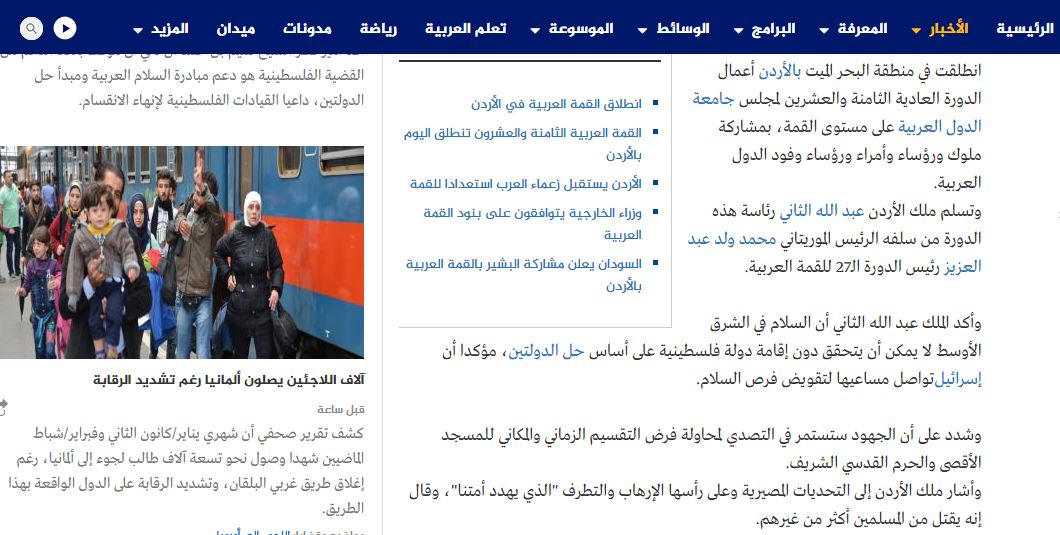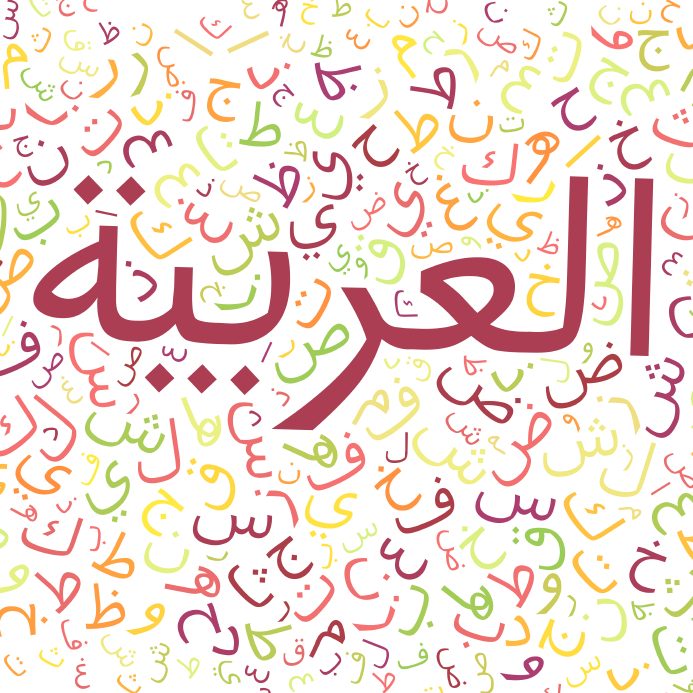
السلام عليكم ورحمة الله,
We’ve talked about the two of the seven reasons why a noun will be in رفع (raf’). Today we’re going to talk about two more at the same time, because they come together. They are called the مُبْتَدَأ (mubtada’) and the خَبَر (khabar).
When you have a جُمْلة فِعْلِية (a verbal sentence), the sentence will start with a fi’l (verb) and will have a doer (or its substitute) after the verb or inside it. In other words:
Verb (فِعْل) + Doer (فاعِل) + Object (مَفُعُوْل) = Verbal sentence (جُمْلَة فعْلِيَّة)
Now, instead of starting with a verb, if you start with a noun, it’s not a verbal sentence anymore. It’s called a nominal sentence (جُمْلَة اسْمِيَّة) because it starts with a noun. The structure would be:
Beginning (مُبْتَدَأ) + Information (خَبَر) = Nominal sentence (جُمْلَة اسْمِيَّة)
To illustrate further, I’ll give you two sentences with the same information that are built completely differently from each other, both telling us that “Muhammad rejoiced”. One starts with a verb, and the other starts with a noun.
- فَرِحَ مُحَمَّدٌ – Verb followed by its doer. This is the normal way to express it.
- مُحَمَّدٌ فَرِحَ – It gives us the same information, but stresses that it’s Muhammad who rejoiced. We cannot say that ٌمُحَمّد is the doer of فَرِحَ because we have learned that the doer always comes after the verb. Instead we say that مُحَمَّدٌ is the mubtada’ (subject/topic of the sentence), and that فَرِحَ (“he rejoiced”) is the khabar (the information or news about that subject).
Having said that, the definition of the mubtada’ and khabar:
المُبْتَدَأُ: هُوَ الاِسْمُ المَرْفُوْعُ العَارِيْ عَنِ الْعَوَامِلِ اللَفْظِيَّةِ, وَالْخَبَرُ هُوَ الاِسْمُ الْمَرْفُوْعُ الْمُسْنَدُ إِلَيْهِ, نَحْوُ قَوْلِكَ “زَيْدٌ قائِمٌ وَ”الْزَيْدَانِ قَائِمَانِ” وَالزَيْدُوْنَ قَائِمُوْنَ
The mubtada’ is the raf’-ized noun that is bare of any utterable influences, and the khabar is the raf’-ized noun that refers back to it, like your saying زَيْدٌ قائِمٌ (“Zayd is standing”), الْزَيْدَانِ قَائِمَانِ (“The 2 Zayds are both standing”), and الزَيْدُوْنَ قَائِمُوْنَ (“The Zayds are all standing”).
So, three things to remember for a mubtada’:
- It’s a noun (so it can’t be a verb or particle)
- It’s in raf’ (so it can’t be in nasb or jarr)
- Nothing is affecting it, such as:
- a verb before it that would make it the doer, or
- some special verb from the كانَ family before it . In that case, it wouldn’t be a mubtada’ anymore. It would be called the ism of كان instead (there is a whole section on that later)
As for the khabar:
- It’s also a noun,
- also in raf’,
- that refers back to the mubtada’ and is carried by it, so that the sentence is complete
Let’s look a very basic nominal sentence:
| مُحَمَّدٌ حاضِرٌ (“Muhammad is present”) |
|
|
حاضِرٌ |
مُحَمّدٌ |




